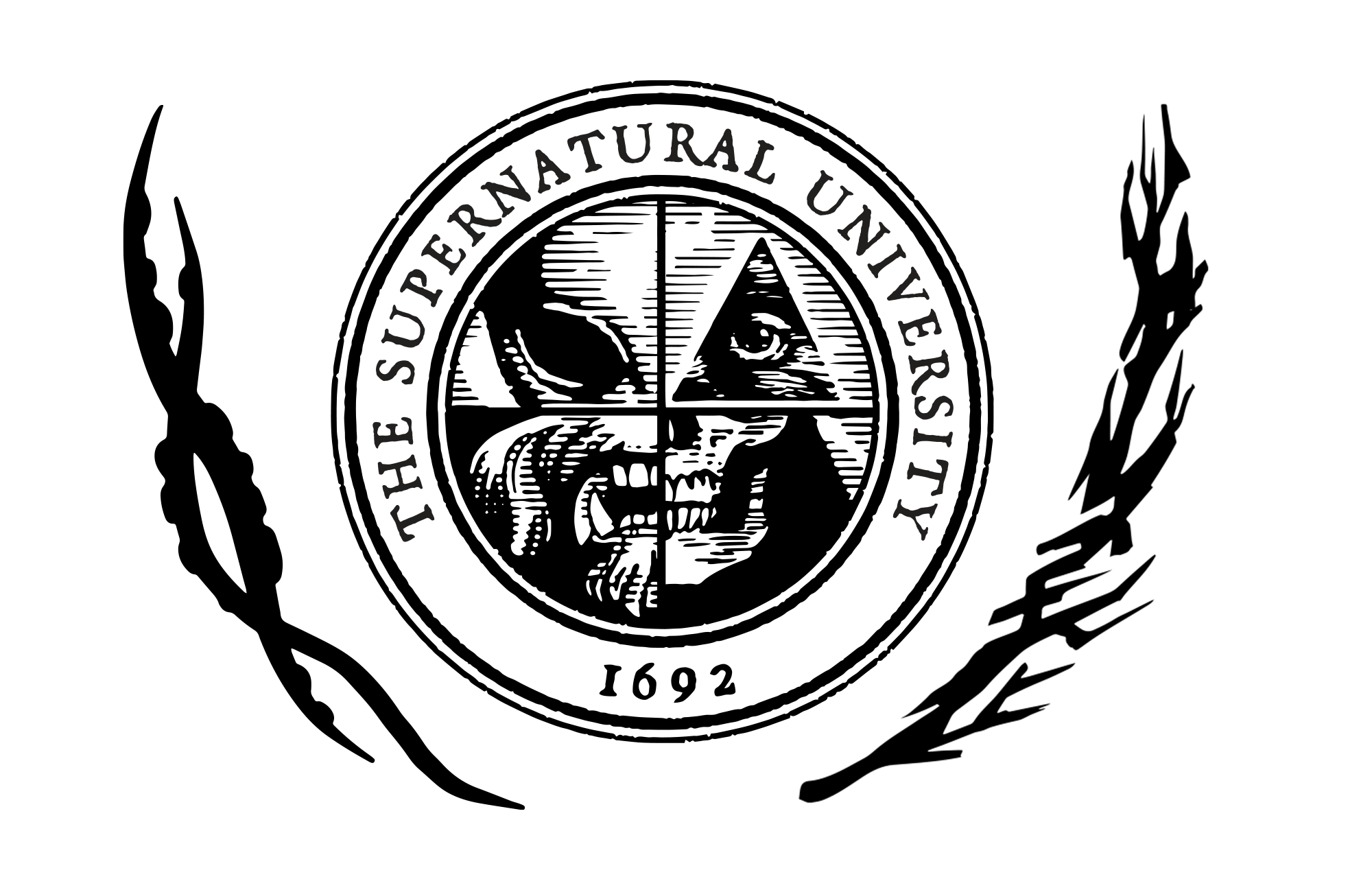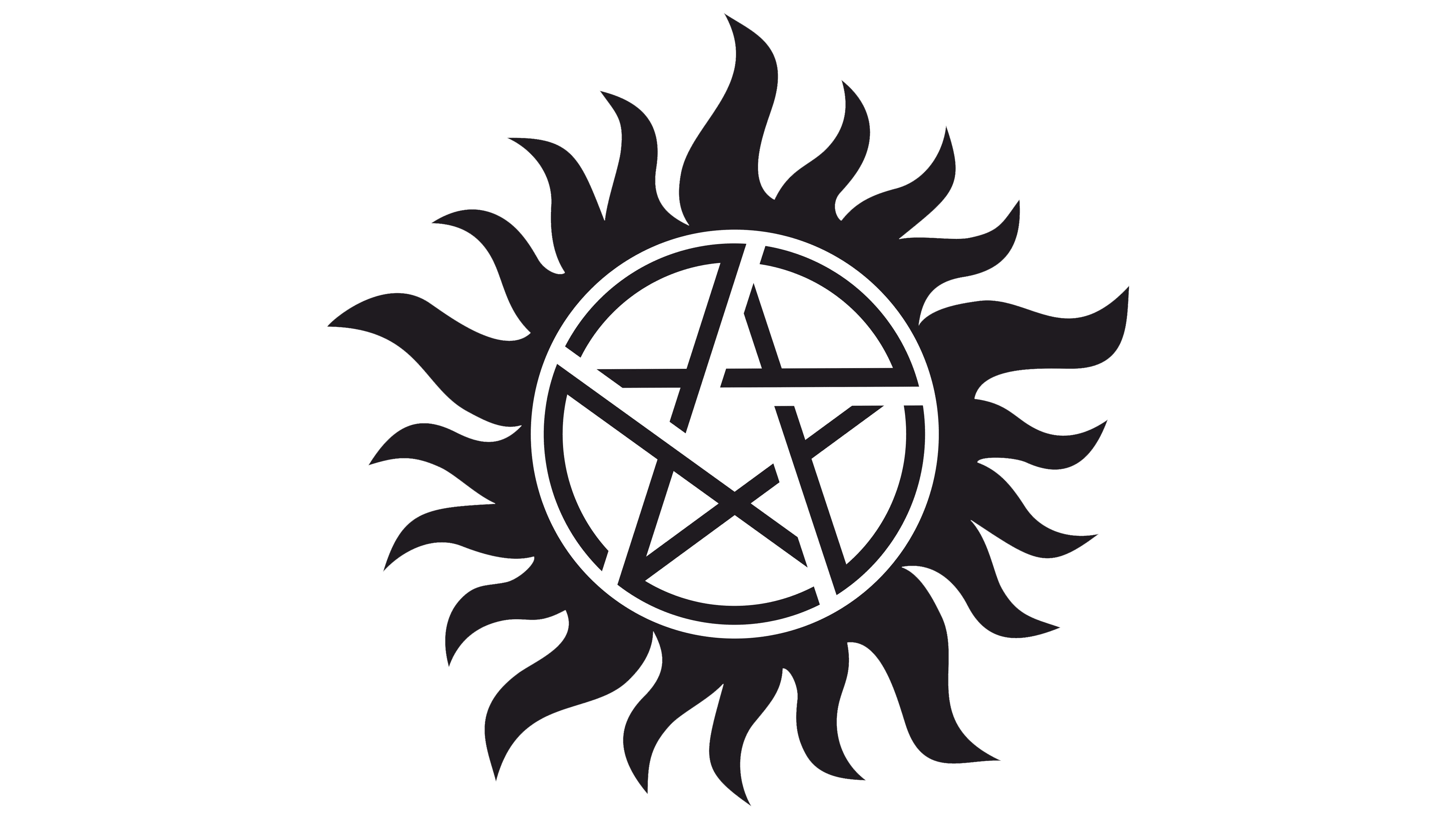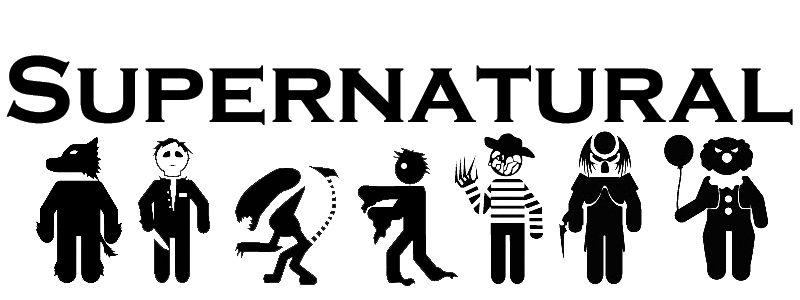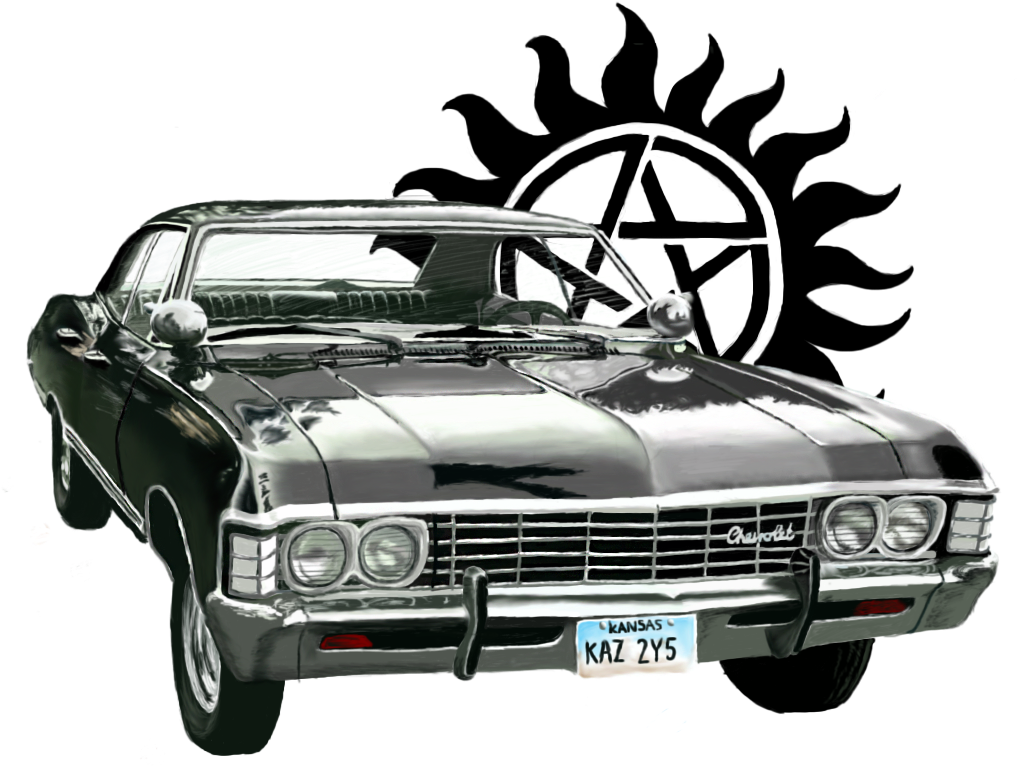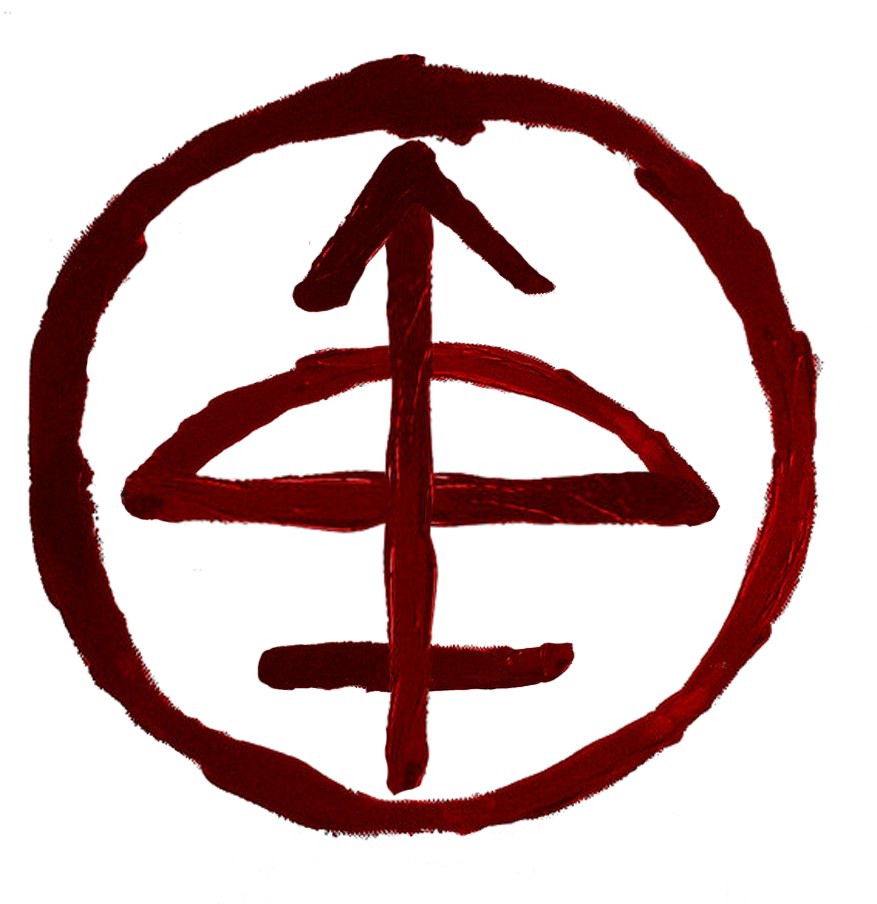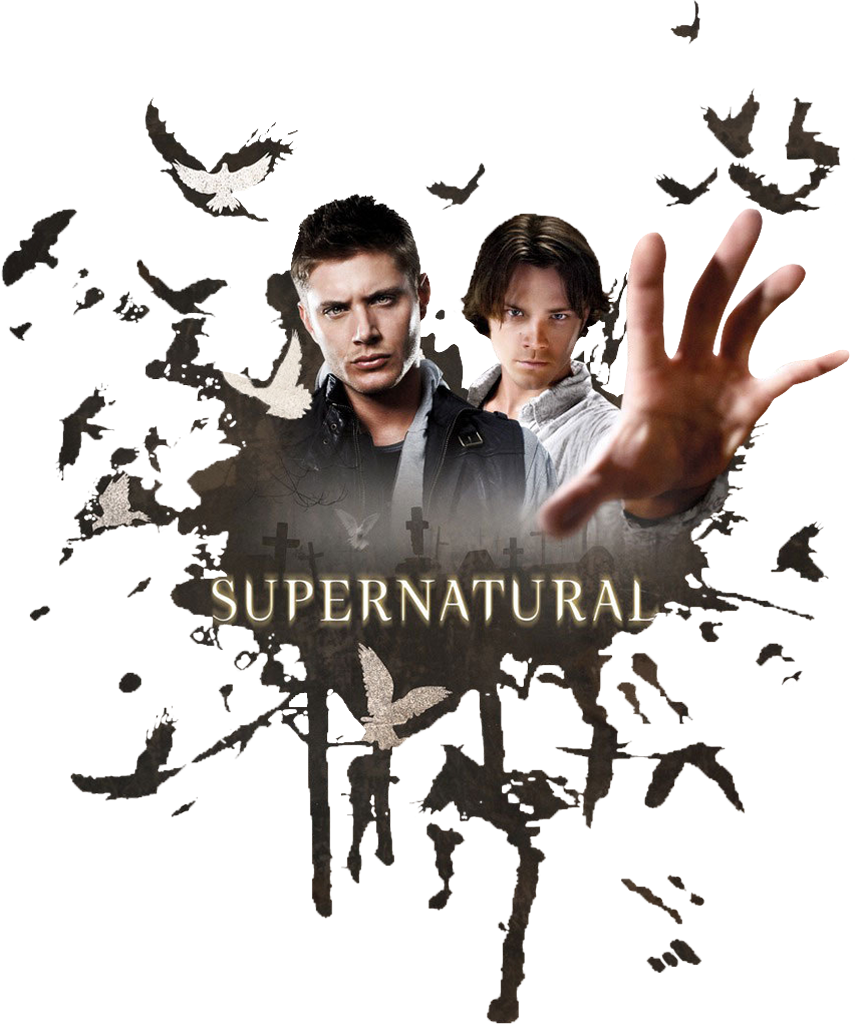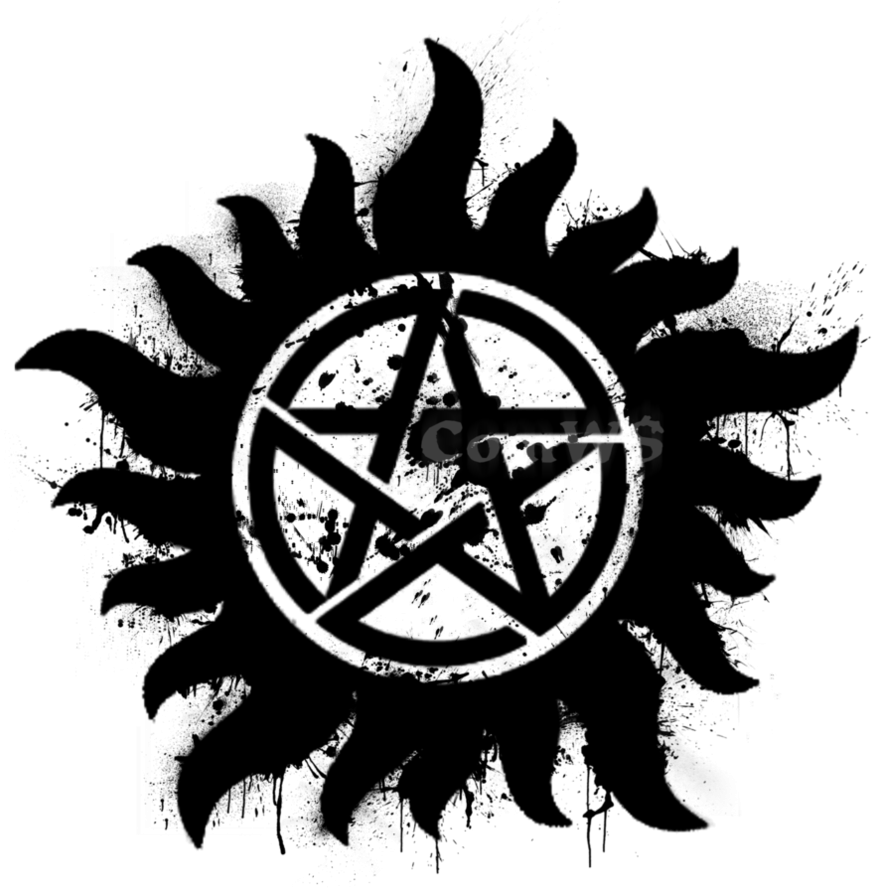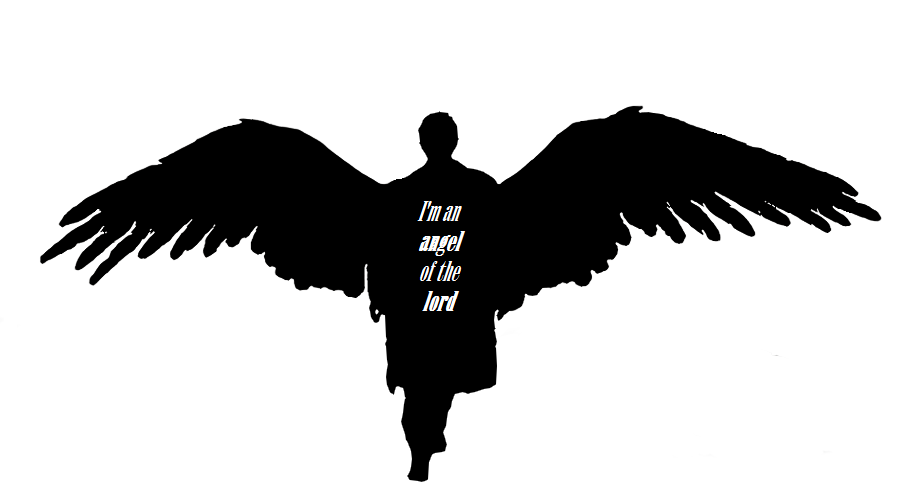Download top and best high-quality free Supernatural PNG Transparent Images backgrounds available in various sizes. To view the full PNG size resolution click on any of the below image thumbnail.
License Info: Creative Commons 4.0 BY-NC
The supernatural refers to alleged phenomena or entities that are not subject to natural rules. It comes from the Medieval Latin supernaturalis, which comes from the Latin super. Despite the fact that the term “nature” has had numerous connotations since antiquity, the phrase “supernatural” only appeared in the medieval period and did not exist in antiquity.
In folkloric and religious contexts, the supernatural is mentioned. However, in more secular circumstances, such as superstitions or paranormal belief, it can also be used as an explanation. Non-physical creatures like as angels, devils, gods, and spirits are commonly associated with the phrase. It also includes purported skills such as magic, telekinesis, levitation, precognition, and extrasensory perception that are embodied in or delivered by such entities.
Naturalism is a philosophy that holds that all events are scientifically explainable and that nothing exists outside of the natural world; as a result, supernatural claims are viewed with skepticism.
The progenitors of the current English compound supernatural enter the language in two ways: via Middle French (supernaturel) and directly from post-Classical Latin, which is the ancestor of the Middle French word (supernaturalis).
The prefix super- and the suffix ntrlis combine to form the post-classical Latin supernaturalis, which first appears in the 6th century (see nature).
Over the course of its existence, the term’s semantic significance has altered. Originally, the word only applied to Christian perspectives on the world. As an adjective, it can mean “belonging to a realm or system that transcends nature, such as that of divine, magical, or ghostly beings; attributed to or thought to reveal some force beyond scientific understanding or the laws of nature; occult, paranormal,” or “more than what is natural or ordinary; unnaturally or extraordinarily great; abnormal, extraordinary.”
“Of, related to, or dealing with metaphysics” is an obsolete use. As a noun, the phrase can refer to “a supernatural creature,” with a long history of use in regard to beings from indigenous peoples’ mythology in the Americas.
There was no such thing as “supernatural” in the ancient world. The development of the notion of the supernatural via Christian theology in subsequent centuries was aided by dialogues from Neoplatonic philosophy in the third century AD. Nature has been around since antiquity, with Latin authors such as Augustine using the phrase and its cognates at least 600 times in his book City of God.
“Nature” had ten different meanings in the medieval period, while “natural” had eleven different meanings. In the 12th century, Peter Lombard, a medieval scholastic, enquired about causes that are above nature, specifically how there may be causes that are only God’s. In his works, he used the phrase praeter naturam.
Thomas Aquinas, during the scholastic period, divided miracles into three categories: “above nature,” “beyond nature,” and “against nature.” He did so by emphasizing the difference between nature and miracles in a way that the early Church Fathers had not. As a consequence, he had formed a sort of natural-supernatural duality. Though the word “above naturam” has been in use since the 4th century AD, Thomas Aquinas used the term “supernaturalis” in the 1200s, and despite this, the term did not gain widespread acceptance until the end of the medieval period. The scholastic period’s views on “nature” were varied and unresolved, with some claiming that even miracles are natural and that natural magic is a natural component of the universe.
Download Supernatural PNG images transparent gallery.
- Supernatural PNG Photos
Resolution: 1024 × 1165
Size: 817 KB
Image Format: .png
Download
- Supernatural PNG Image File
Resolution: 1024 × 1429
Size: 186 KB
Image Format: .png
Download
- Supernatural Logo PNG Images HD
Resolution: 600 × 600
Size: 77 KB
Image Format: .png
Download
- Supernatural Logo PNG Image
Resolution: 1090 × 1090
Size: 88 KB
Image Format: .png
Download
- Supernatural PNG Clipart
Resolution: 480 × 500
Size: 133 KB
Image Format: .png
Download
- Supernatural Transparent
Resolution: 500 × 281
Size: 220 KB
Image Format: .png
Download
- Supernatural PNG Cutout
Resolution: 800 × 800
Size: 721 KB
Image Format: .png
Download
- Supernatural Logo PNG Images
Resolution: 2560 × 330
Size: 59 KB
Image Format: .png
Download
- Supernatural
Resolution: 824 × 1261
Size: 881 KB
Image Format: .png
Download
- Supernatural PNG Picture
Resolution: 512 × 512
Size: 339 KB
Image Format: .png
Download
- Supernatural No Background
Resolution: 480 × 513
Size: 128 KB
Image Format: .png
Download
- Supernatural Logo PNG Image HD
Resolution: 500 × 502
Size: 146 KB
Image Format: .png
Download
- Supernatural Logo PNG Photo
Resolution: 1150 × 1150
Size: 127 KB
Image Format: .png
Download
- Supernatural PNG Images HD
Resolution: 991 × 2000
Size: 1459 KB
Image Format: .png
Download
- Supernatural Background PNG
Resolution: 691 × 720
Size: 421 KB
Image Format: .png
Download
- Supernatural Logo PNG Photos
Resolution: 600 × 600
Size: 10 KB
Image Format: .png
Download
- Supernatural Logo PNG Picture
Resolution: 2000 × 1297
Size: 253 KB
Image Format: .png
Download
- Supernatural Logo No Background
Resolution: 3840 × 2160
Size: 75 KB
Image Format: .png
Download
- Supernatural Logo PNG Clipart
Resolution: 3840 × 2160
Size: 22 KB
Image Format: .png
Download
- Supernatural PNG HD Image
Resolution: 500 × 332
Size: 167 KB
Image Format: .png
Download
- Supernatural PNG Image
Resolution: 1061 × 1202
Size: 876 KB
Image Format: .png
Download
- Supernatural Logo PNG HD Image
Resolution: 800 × 300
Size: 23 KB
Image Format: .png
Download
- Supernatural PNG Photo
Resolution: 1017 × 766
Size: 1005 KB
Image Format: .png
Download
- Supernatural Logo PNG File
Resolution: 877 × 904
Size: 425 KB
Image Format: .png
Download
- Supernatural Logo PNG
Resolution: 484 × 464
Size: 96 KB
Image Format: .png
Download
- Supernatural PNG File
Resolution: 1990 × 1267
Size: 505 KB
Image Format: .png
Download
- Supernatural Logo PNG Cutout
Resolution: 857 × 1024
Size: 794 KB
Image Format: .png
Download
- Supernatural Logo Transparent
Resolution: 624 × 124
Size: 51 KB
Image Format: .png
Download
- Supernatural PNG Free Image
Resolution: 820 × 715
Size: 442 KB
Image Format: .png
Download
- Supernatural PNG
Resolution: 826 × 470
Size: 247 KB
Image Format: .png
Download
- Supernatural Logo PNG Pic
Resolution: 872 × 888
Size: 229 KB
Image Format: .png
Download
- Supernatural PNG Images
Resolution: 758 × 890
Size: 125 KB
Image Format: .png
Download
- Supernatural PNG Image HD
Resolution: 900 × 500
Size: 25 KB
Image Format: .png
Download
- Supernatural Logo
Resolution: 1113 × 1090
Size: 106 KB
Image Format: .png
Download
- Supernatural PNG Pic
Resolution: 4072 × 2265
Size: 1227 KB
Image Format: .png
Download
















